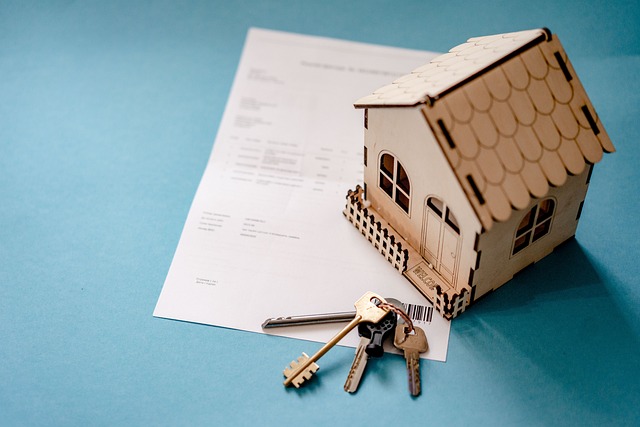Homeowners in today's dynamic real estate market can leverage a Home Equity Line of Credit (HELOC) to maximize property potential, using funds for debt consolidation, improvements, or education. By assessing home equity and comparing lender offers, borrowers access flexible borrowing with immediate funds. HELOCs are powerful tools for investment, renovations, or unexpected costs but require responsible borrowing due to the home's role as collateral.
Looking to unlock capital tied up in your property? Borrowing against home equity is a powerful tool for real estate investors and homeowners alike. This article guides you through understanding and utilizing home equity lines of credit (HELOCs), offering a comprehensive step-by-step approach to borrowing. From exploring the benefits and considerations to maximizing your real estate investment potential, we’ll equip you with knowledge to make informed decisions regarding your property’s equity.
Understanding Home Equity Lines of Credit: Unlocking Your Property's Potential

In today’s dynamic real estate landscape, homeowners often seek innovative ways to tap into their property’s potential. One such option is a Home Equity Line of Credit (HELOC), which allows borrowers to use their home equity as collateral for a revolving credit line. This flexible financing solution offers homeowners access to funds for various purposes, from consolidating debt to funding home improvements or even paying for education. Unlike traditional loans with fixed terms and interest rates, a HELOC provides the convenience of borrowing and repaying at your own pace.
With a HELOC, you essentially unlock a portion of your home’s value, providing immediate access to funds without the need for a complex application process. This makes it an attractive option for real estate owners who require flexibility and the freedom to borrow as needed. Whether it’s for unexpected expenses or strategic investments, understanding how a HELOC can work for you is a crucial step in maximizing your property’s equity and achieving your financial goals.
How to Borrow Against Your Home Equity: A Step-by-Step Guide

Borrowing against your home equity is a powerful financial tool that allows homeowners to access cash based on the value of their real estate investment. This process involves several steps, ensuring a comprehensive understanding of the terms and conditions before proceeding.
The initial step is to assess your property’s current market value and calculate your home equity. You can do this by considering recent comparable sales in your area or using online real estate tools. Once you have an estimate, determine how much cash you need and what percentage of your home’s value you’re willing to leverage. Next, shop around for lenders offering home equity lines of credit (HELOCs) or loans, comparing interest rates, terms, and fees to find the best option for your financial situation. Ensure you read all the fine print and understand any associated costs before finalizing the agreement.
Benefits and Considerations: Maximizing Your Home Equity Loan Options in Real Estate

Borrowing against home equity offers a powerful financial tool for real estate investors and homeowners looking to unlock cash trapped within their property. This type of loan provides access to substantial funds, allowing individuals to capitalize on opportunities in the real estate market. Whether it’s for renovations, investing in rental properties, or covering unexpected expenses, tapping into home equity can be a strategic move for financial growth.
When considering a home equity line, evaluating both benefits and potential drawbacks is essential. One significant advantage is the flexible borrowing power it provides. You can access funds as needed, making it ideal for real estate ventures that require immediate capital. Additionally, interest rates on these loans are often lower than traditional personal loans, saving you money in the long run. However, it’s crucial to remember that your home serves as collateral, so responsible borrowing and timely repayment are vital to avoid potential financial risks associated with defaulting on such a loan.






